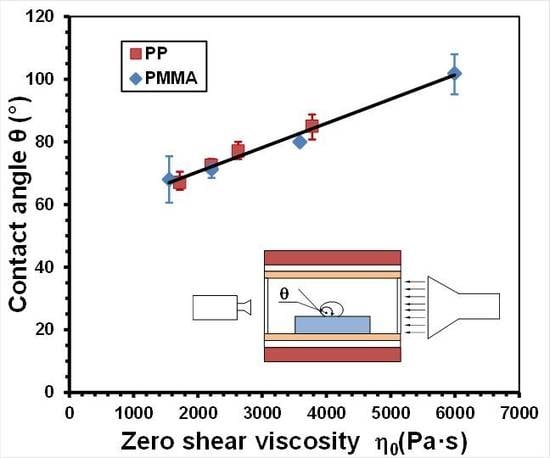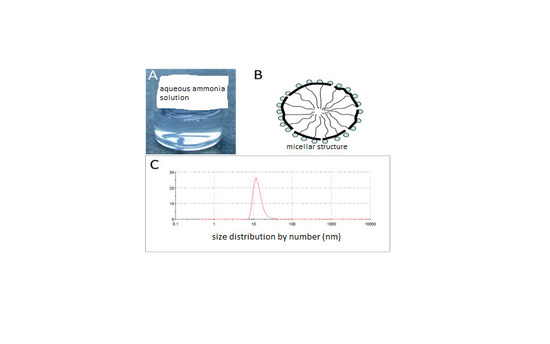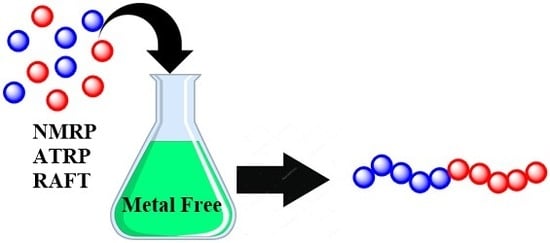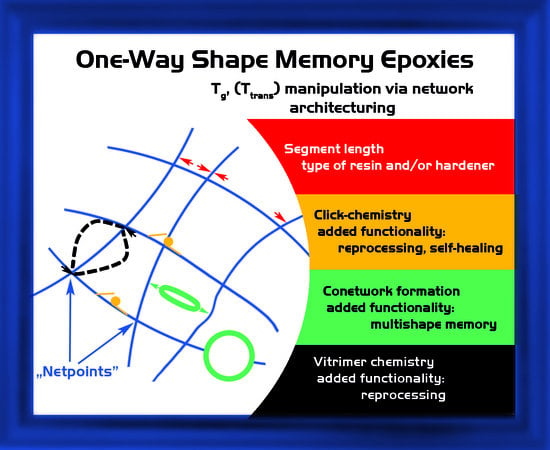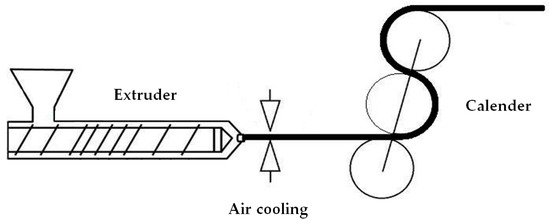1
Polymer Department, National Institute for Research and Development in Chemistry and Petrochemistry, 202 Spl. Independentei, Bucharest 060021, Romania
2
National Institute for Optoelectronics INOE 2000, 409 Atomistilor St., Magurele 077125, Romania
3
Department of Physics and Astronomy, The University of Texas Rio Grande Valley, 1201 W. University Drive, Edinburg, TX 78539, USA
Polymers 2018, 10(1), 46; https://doi.org/10.3390/polym10010046 - 4 Jan 2018
Cited by 19 | Viewed by 6776
Abstract
The control of morphology and interface in poly(styrene-ethylene/butylene-styrene) (SEBS) composites with graphitic fillers is extremely important for the design of piezoresistive sensors for body motion or flexible temperature sensors. The effects of a high amount of graphite (G) and silane coupling agent on
[...] Read more.
The control of morphology and interface in poly(styrene-ethylene/butylene-styrene) (SEBS) composites with graphitic fillers is extremely important for the design of piezoresistive sensors for body motion or flexible temperature sensors. The effects of a high amount of graphite (G) and silane coupling agent on the morphology and properties of SEBS composites with anisotropic mechanical properties are reported. The physical and chemical bonding of silane to both G and SEBS surface was proved by EDX and TGA results; this improved interface influenced both the thermal and mechanical properties of the composite. The vinyltriethoxysilane (VS) promoted the formation of char residue and, being tightly bound to both SEBS and G, did not show separate decomposition peak in the TGA curve of composites. The mechanical properties were measured on two perpendicular directions and were improved by both the addition of VS and the increased amount of G; however, the increase of storage modulus due to orientation (from 5 to 15 times depending on the composition and direction of the test) was more important than that provided by the increase of G concentration, which was a maximum of four times that obtained for 15 wt % graphite. A mechanism to explain the influence of G content and treatment on the variation of storage modulus and tan δ depending on the direction of the test was also proposed.
Full article
(This article belongs to the Special Issue Polymers and Block Copolymers at Interfaces and Surfaces)
▼
Show Figures










